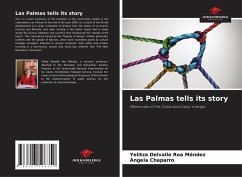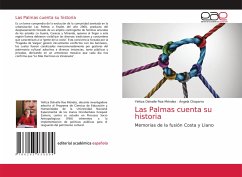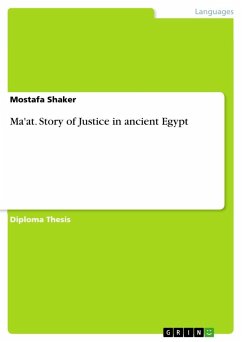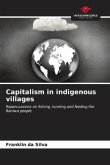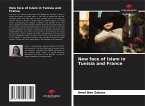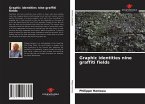This is a brief summary of the evolution of the community settled in the urbanization Las Palmas at the end of the year 2000, as a result of the forced displacement of a large contingent of families from the states of La Guaira, Caracas and Miranda, who upon arriving in this plains region had to make visible the various traditions and customs that characterize the "people of the coast". This coexistence forced by the "Tragedy of Vargas" initially generated conflicts with the people of Barinas, which were channeled jointly by cultural heritage managers attached to various instances, both public and private, resulting in a harmonious mosaic that every day confirms that "The Most Beautiful is Venezuela".
Bitte wählen Sie Ihr Anliegen aus.
Rechnungen
Retourenschein anfordern
Bestellstatus
Storno

